A Sikh gallery in LondonWhen I heard a temporary exhibition housing priceless artefacts from Sikh history would be opening in the summer of 2018, I can't tell you how excited I was. Having spent a lot of my time in museums around the world (and you can read about it in the travel section of my blog), the opportunity to see Sikh history from a Sikh perspective isn't something that comes around very often. Here I review my visit to the Brunei Gallery in London to view the Toor Collection, and the Empire of the Sikhs exhibition. The Sikh EmpireCentralised Sikh rule was relatively short lived, and a paradoxical time for Sikhi. After a century of persecution where Sikhs were almost wiped out, the beginning of the 19th century brought with it the dawn of Sikh rule. For the first time in their short history, Sikhs were now the masters of their own destinies. It was the high point of Sikh culture and art. A unique Sikh style of architecture was championed and began springing up across Panjab, Delhi and further afield. Sikh art, heavily influenced by Persian Islamic art was created and refined, leaving a unique imprint in Panjabi, Pakistani and Indian history. From lavishly decorated weapons of war, to portraits of the ruling classes and Sikh Gurus, and landscapes of the Panjabi countryside and way of life, this new breed of artists were leaving their mark for generations to follow. Sikh poetry, stories and itihaas (history) were now being recorded in ways not seen since the court of Guru Gobind Singh. This is particularly true following the dispersion of the Sikhs after the large scale repression on the populace in the aftermath of the defeat of Banda Bahadur. At the same time, the previously jungle and battle hardened Sikhs were discovering the excesses associated with power and luxury. It was the beginning of the alcohol epidemic that continues to this day. Greed resulted in the collection of material possessions such as jewels that were generally forbidden in Sikhi, and of course, where there is power and money, there is always corruption. All three played a much bigger role in the fall of the Sikh Empire than the British ever did. Firstly, there was the affect of the overconsumption of alcohol. Maharaja Ranjit Singh was a powerful Sikh leader, but his successor, Prince Kharak Singh was a weak and ineffective ruler, consumed by his love of alcohol and opium, he eventually drank himself to death. Greed resulted in many Sikh sardars (chiefs) to throw their lot in with the British in exchange for a safeguarding of their jagirs (land based revenue). Finally corruption at the highest levels meant that there was almost consistent court intrigues following the death of Maharaja Ranjit Singh, fatally weakening the Sikh throne. The corrupt and treacherous Lal Singh, Tej Singh and Dogra clan crippled the Sikh Armies when victory on the battlefield against the British was a possibility. Nevertheless, the half a century of Sikh rule was certainly a fascinating time in the history of Panjab. So often nothing more than a battlefield for invading armies, from Alexander the Great to Ahmed Shah Abdali, a local, home-grown power was finally closing the door of destruction, and more impressively, turning the tide of invasion. In fact, by the middle of the 19th century, the Sikh Empire stretched from the outskirts of Delhi, across the plains of Panjab into Afghanistan in the west, and Tibet in the north. With it, the Empire brought together many different people, each bringing their own unique additions to a multi-religious and multicultural state. Europeans, commissioned by Ranjit Singh, brought new techniques in warfare that made the Sikh Army one of the most powerful and modernised in Asia, and ensured the British were kept at bay for over four decades. Kashmiris brought with them their skills in woven materials, creating shawls that formed a bedrock of the Sikh economy. The Hindus and Muslims, usually more educated than the Sikhs were able administrators, reaching high ranking positions in the Lahore durbaar (court). The sister cities of Lahore and Amritsar became the centres of education, art and commerce, rivalling any cities in the subcontinent. In a list I wrote about the top 20 Sikh Warriors (which you can read here), 6 of them found their fame during the height of Sikh rule. Ranjit Singh, despite some flaws, was an incredibly enlightened and far sighted ruler, creating a modernised army, one of the first intelligence services in Asia, commissioning large amounts of art and holding together an Empire of many different faces. Ratan Singh Bhangu combined the Sikh ideals of being a warrior but also a highly educated scholar and his Prachin Panth Prakash is a great source of knowledge on Sikh history from a Sikh perspective (most recordings are from Persian, Afghan, Mughal or British perspectives). There were of course incredible warriors and nation builders such as Hari Singh Nalwa, and the fearsome Akali Phula Singh as well as powerful females changing the course of Sikh and Panjabi history, Sada Kaur and Jind Kaur are two of the more famous names. You can read more here. However, a mixture of greed, incompetence, treachery and British arms and industry eventually led to the fall of the Sikh Empire in 1849. Following the fall of the State, many priceless treasures were looted, or simply melted down to be put to use for 'more productive means'. The Toor CollectionThe Toor Collection is special because it is Sikh history from a Sikh perspective, on the ideals of Guru Gobind Singh's court. It offers a uniquely Sikh narrative. Davinder Singh Toor is an Indian and Islamic art collector and dealer, as well as a successful business owner. He is part of a new generation of Sikhs that are beginning to define themselves through a Sikh lens, rather than allowing Sikhi to be defined by others. A confident new generation that has created initiatives such as Khalsa Aid, the Sikh Helpline, Lions MMA and established themselves as lawyers, judges, doctors, scientists and politicians, in Panjab but also in the diaspora. The Toor Collection is an important step in this increased self-confidence and must have taken many years of hard work and expense to first gather, but now also to maintain and display. The Collection houses many priceless artefacts, from tiny figurines to large weapons of war and thankfully, Davinder Singh has decided to share his collection with the world, free of charge. The ExhibitionSince visiting the Jewish Museum in New York (which you can read about here), I've often wondered whether it would be feasible to create a Sikh Museum. There is the Sikh Museum in Derby, but there is something important about having a building open to all, filled with Sikh history in the nation's capital. At many points various museums, particularly the Imperial War Museum in London, create exhibitions that have some Sikh history or culture but there is nothing permanent. The Toor Collection, whilst a big step forward, is unfortunately not a permanent installation. The exhibition runs through summer to the third week of September in the Brunei Gallery at the London School of Oriential and African Studies. It's a fitting place to hold to exhibition given; (a) the focus of the university on Asian research and studies, and (b) the wider context of housing a Sikh exhibition in London given the role played by the British in ending independent Sikh rule. A large poster on the exterior of the gallery gives an indication of its contents. Some exhibitions go for a slow start, building to their best pieces at the end, but the Toor Collection hits the ground running with a full size battle gun captured by Lord Gough at the end of the Second Anglo-Sikh War. It's quite the entrance, breathtaking in its sheer size, and made all the more impressive with a large portrait of Maharaja Sher Singh, a former ruler of the Sikh Empire in the background. The entrance houses the museum shop which has a number of Kashi house produced titles. I have the excellent Warrior-Saints book that I would definitely recommend. Behind the entrance, and on the same floor is a room housing how the British viewed the Sikhs during the Victorian age. Whilst mostly portraits or photographs of various Sikhs, and maps of Panjab, it also has exhibits such as Kashmiri Shawls and is an impressive little room, which was just a little too dark making reading some of the notes difficult. The basement floor houses the main exhibition and it is nothing short of incredible. A flow chart maps Sikh history and compares it to history from around the world, putting the Sikh world in perspective. The chronological trail very quickly moves into Ranjit Singh's Panjab, from paintings of famous Sikhs to illustrations of Lahore and Amritsar. A particularly interesting panel looks at the make up of the Empire, it's incredible to see the different types of people that lived under Sikh rule at that time. The beautiful exhibition looks as good as any modern museum. Spotlessly clean glass enclosures hold numerous Sikh treasures, from Sikh shields and body armour, to more offensive weapons such as swords, matchlocks and the famous chakkers (quoits). Almost all the weapons were engraved with the motto Akaal Sahai (the timeless one protects). It would take a long time to go through each of the exhibits in this review, but I particularly enjoyed a collection of Sikh coins from as early as the 18th century (from the Bhangi Misl), to end of Sikh rule. Another exhibit had swords from various Sikh and European generals living in Panjab at the time. The European generals such as Ventura, Allard and Court had a space just for themselves, telling the story of the large number of Europeans (and some Americans) who served the Sikh State at the time. In this area, a lavishly decorated letter from General Allard in French to Maharaja Ranjit Singh was quite remarkable in its presentation. The exhibition continues around with an end of Empire section followed by the role the Sikhs played under British rule; from the large number of soldiers who served as Empire builders for Britain to individuals such as Sophia Duleep Singh, grand daughter of Maharaja Ranjit Singh, who played a central role in the suffragette movement of the early 20th century in the United Kingdom. Another small room contains perhaps the most beautiful and striking parts of the collection. Again, there are far too many things to share, but two items in particular were particularly impressive. The first a sword from the 18th century, one of the most beautiful objects I have ever seen. On one side is an engraving of the Sikh Gurus, on the other engravings of the court of Ranjit Singh. Unfortunately it didn't say who the sword belonged to but I must have spent a good 5 minutes just staring at it. The second is a pistol that belonged to Ranjit Singh, with the Akaal Sahai inscription. A weapon of great historical importance, but also an object of incredible beauty. For some of the more important Sikhs, this inscription was tailored to be personal to its holders, and a sword belonging to Fateh Singh Ahluwalia, son of one of Sikh history's most important individuals, Jassa Singh Ahluwalia contained the inscription followed be a specific plea to protect him. There are many different artefacts and exhibits I haven't gone into detail on, whether it's the arm band that Ranjit Singh wore the infamous Koh-i-Noor diamond on, the helmet and armour worn by the Sikh regular army, or the incredible stories and portraits of Sikhs of this time. I particularly enjoyed reading about some of the lesser known Sikhs, Sikhs that history forgot, or has tried to forget. Prime amongst these individuals is the loathed Lal Singh. A commander of the Sikh Armies, Lal Singh was in secret correspondence with the British, and his treacherous actions twice saved the British from defeat. He was eventually rewarded by British for his services, but an individual with such poor morals never changes, and eventually the British, sick of his ambition exiled him away. A couple of photos of the man who changed the course of Sikh history were incredible. He was a big guy, and undoubtedly had gravitas and must have commanded attention from those who spoke to him. Nearby a quote from an American recalls how grateful the British were for his treachery. The verdictI often wander around museums, fascinated by the history they contain, hoping that one day the history of the Sikhs would also be shared in a major western capital. The Toor Collection is a momentous step towards it. Beautifully displayed, the exhibition is definitely worth visiting for Sikhs and non-Sikhs alike to get a unique insight into an important period of Sikh history, from a Sikh perspective. I visited during a Sunday afternoon and was glad to see how busy it was. Families and individuals of all ages densely packed the basement room. There are a number of specific guided tours that are also free to join - in fact Davinder Toor was giving one during my visit and it was impossible to get close to it given the large number of people listening in - which I suppose is a positive sign. The Gallery in not far from Euston Station which should be useful for the large Sikh community in the Midlands. The exhibition is open 7 days a week, but remember, the exhibition only runs until 23 September. You can find more information on exhibition here. Comments are closed.
|
AuthorBritish Sikh, born in the Midlands, based in London, travelling the world seeing new cultures. Archives
September 2023
Categories
All
|
Photos from Johnny Silvercloud, Nina A. J. G., Michael Vadon, jcorrius, mikecogh
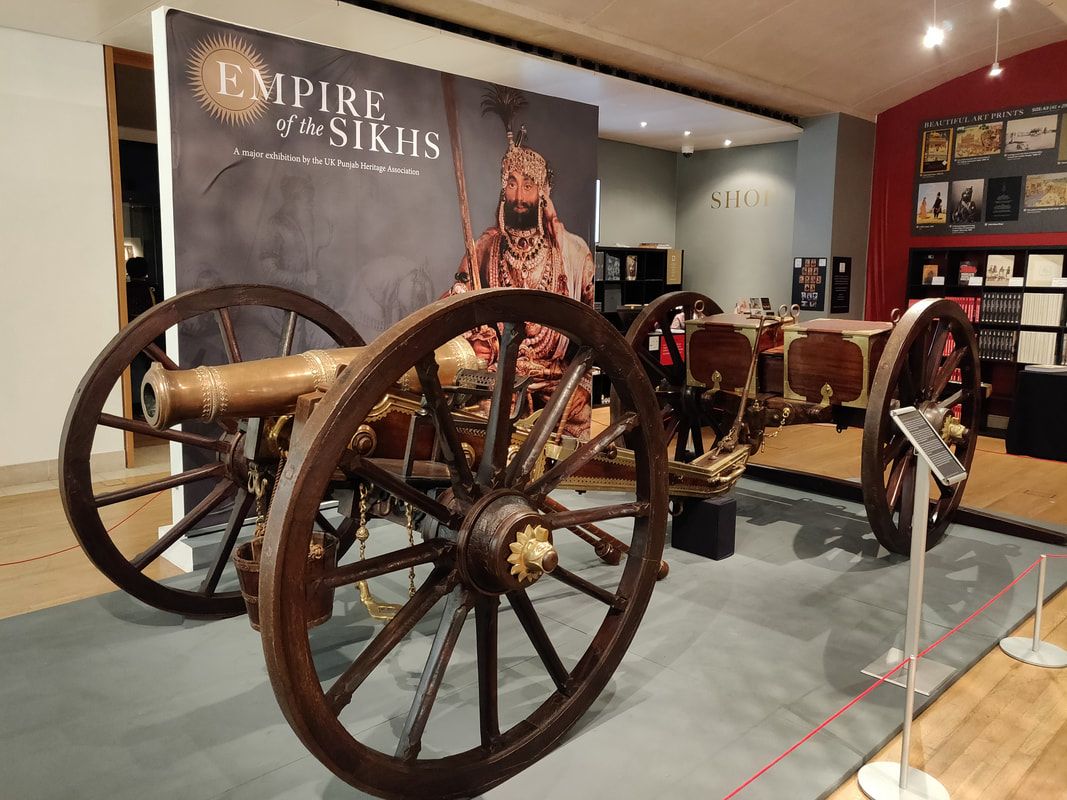
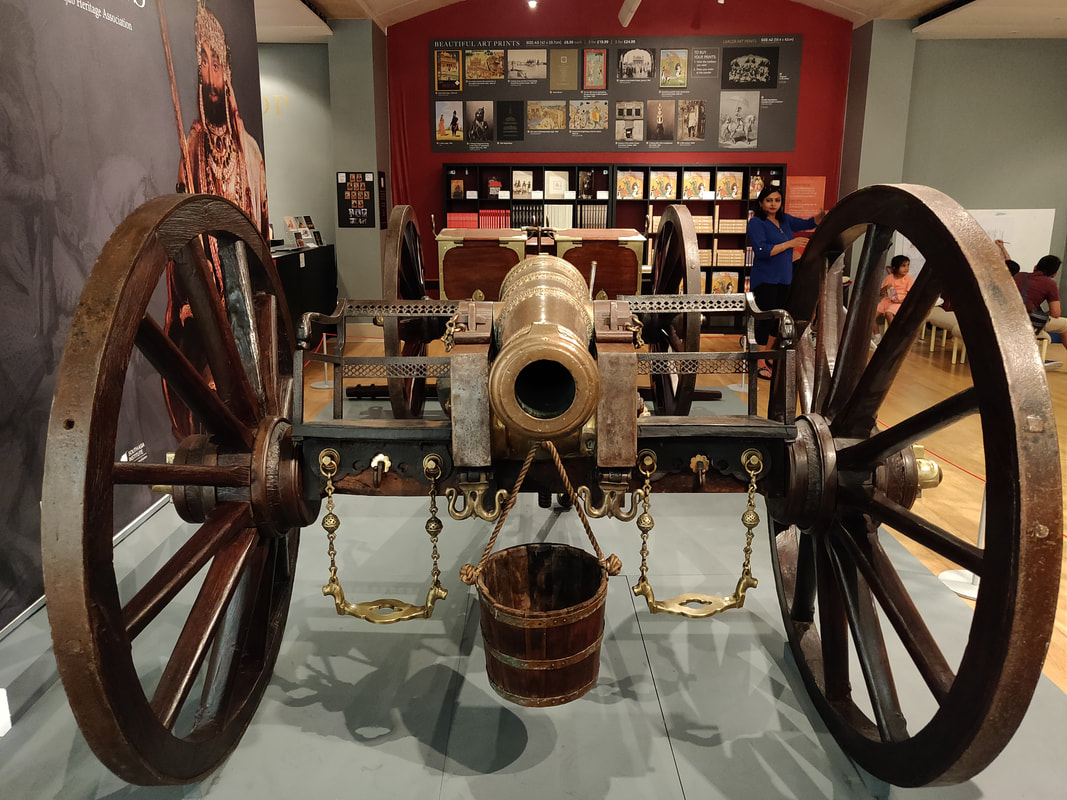
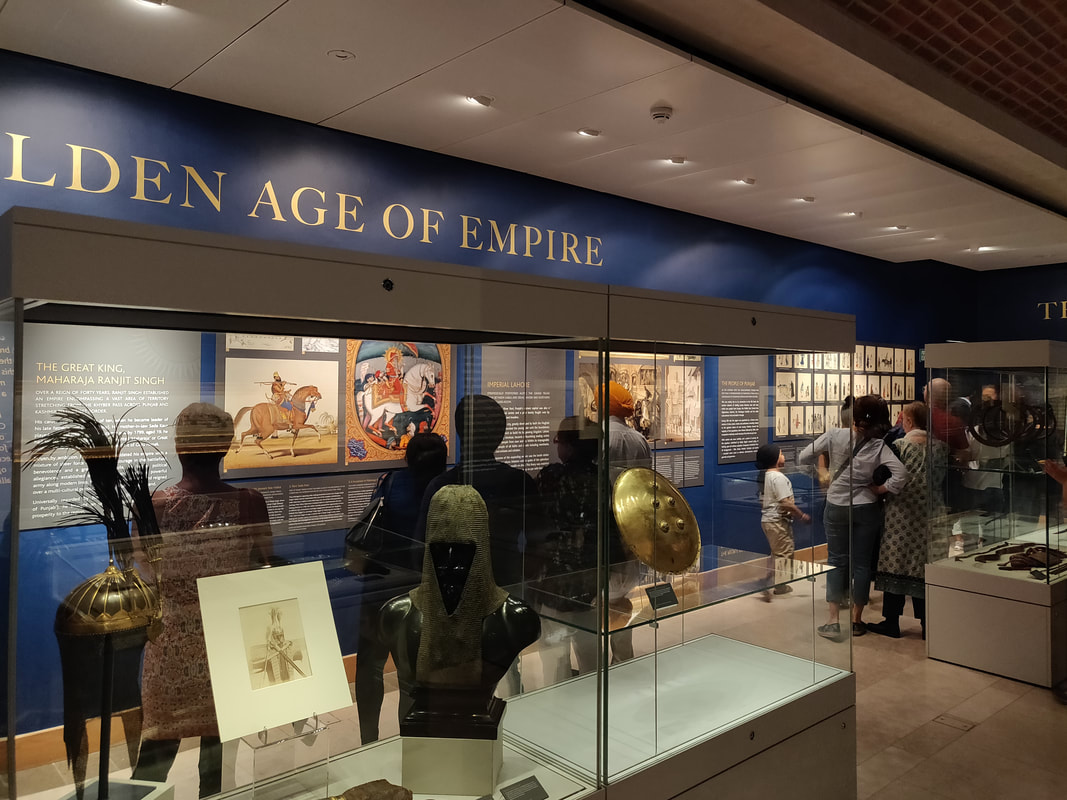
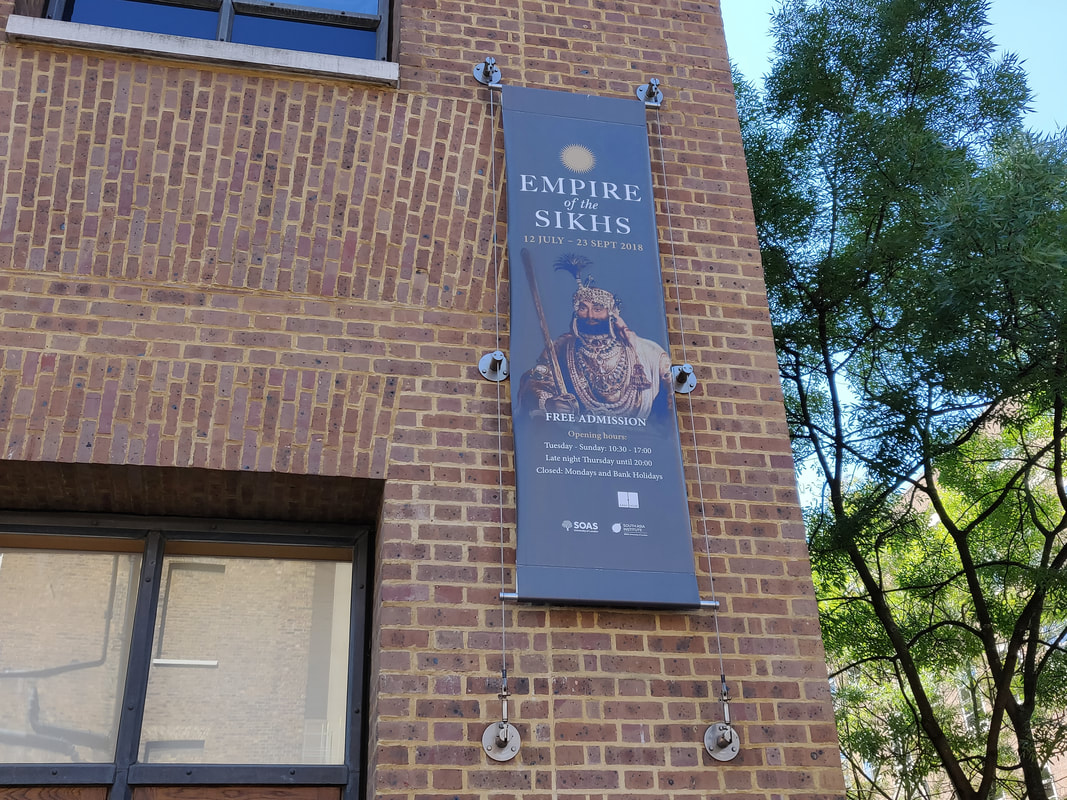
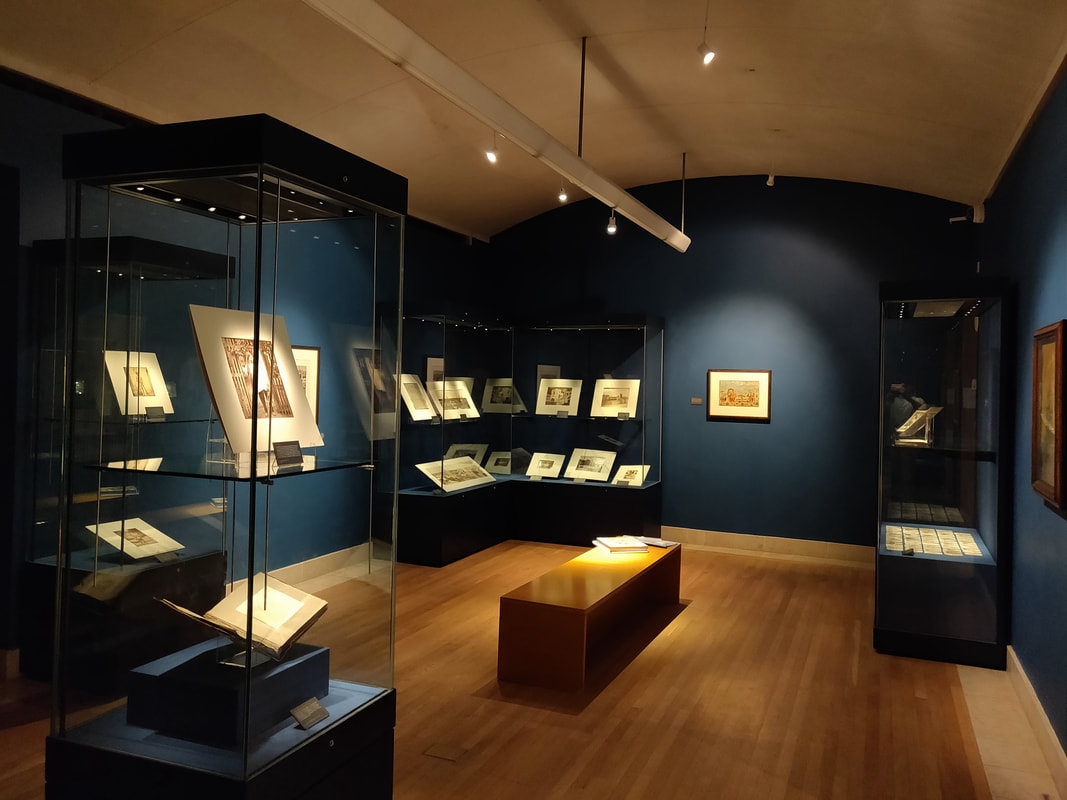
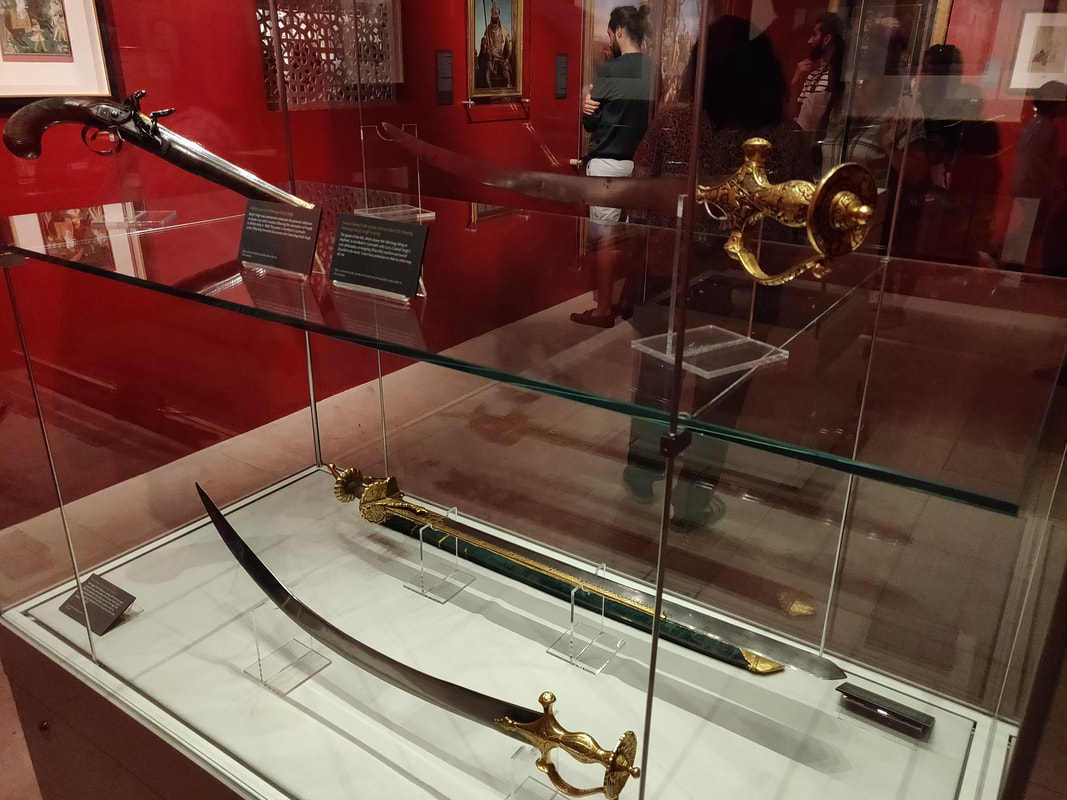
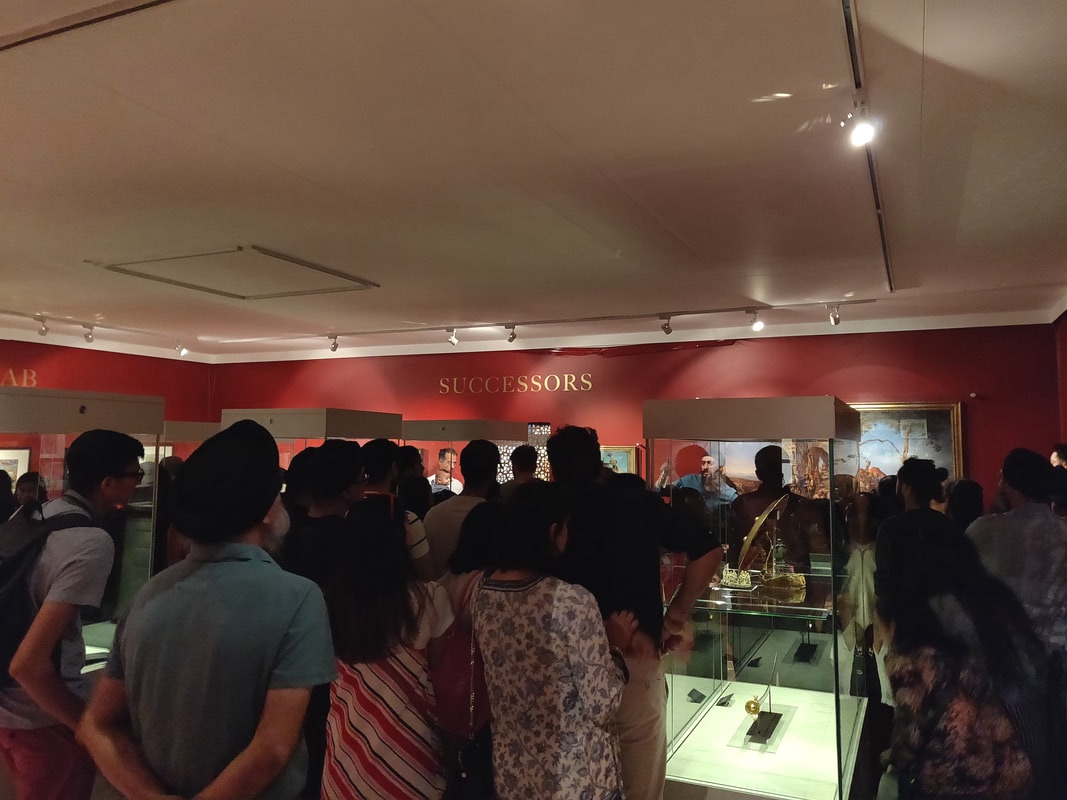

 RSS Feed
RSS Feed